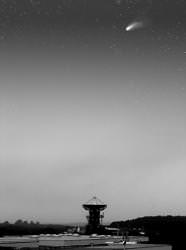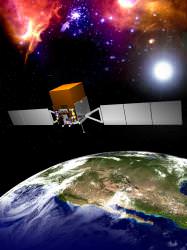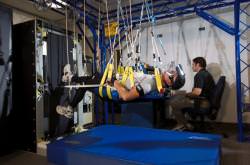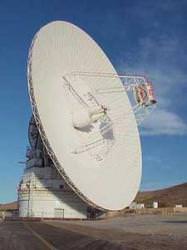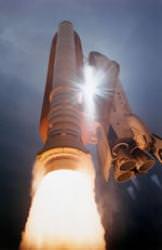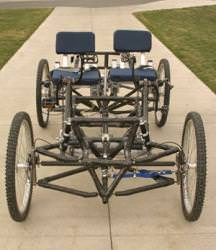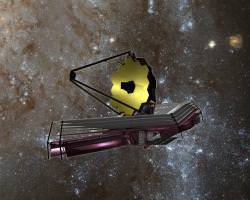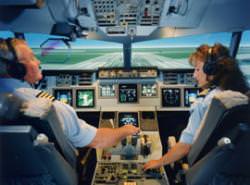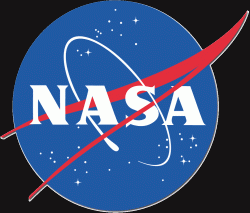On Monday (February 4, 7 pm EST) NASA’s Deep Space Network (DSN) sent a transmission toward the North Star, Polaris. The transmission sent was the song “Across the Universe” by the Beatles intended for any sufficiently advanced extra terrestrial life to listen to. Although this is a nice gesture and may nurture Beatles fans beyond our solar system, some scientists have expressed concerns for advertising our planet’s location to the universe, just in case the aliens listening in aren’t that friendly after all…
Scientists attending the Search for Extra-Terrestrial Intelligence (SETI) “Sound of Silence” meeting at Arizona State University in Tempe this week are worried. Their concern focuses on some aspects of the scientific community who want to advertise and educate sufficiently advanced lifeforms beyond Earth about our presence and location in the cosmos. Previous efforts have included information about our biology on the Voyager and Pioneer probes, and a broadcast by the Arecibo observatory in 1974. These attempts at communication plus accidental “leakage” of TV and radio signals can all travel vast distances through space and perhaps be received by aliens.
The main argument against trying to communicate with other civilizations is the possibility that if there are aliens out there listening in, then perhaps they might not be friendly. By giving away our location, critical facts about our society, biology and intelligence, we have already given possible alien aggressors a strategic advantage. This threat is obviously very far-fetched, but sending information about our current state of humanity will be inaccurate when signals are received in hundreds, thousands or millions of year’s time, perhaps putting our future generations in a negative light.
“Before sending out even symbolic messages, we need an open discussion about the potential risks […] It’s very charitable to send out our encyclopedia, but that may short-change future generations.” – Douglas Vakoch of the SETI Institute, Mountain View, California.
Vakoch is not concerned that we are risking an alien invasion any time soon, but does highlight the need to discuss the implications of attempted extra-terrestrial communication in an open scientific forum before acting.
If there are any advanced alien beings out there however, they are keeping very quiet. The purpose of the “Sound of Silence” meeting is to discuss why the SETI project has, thus far, not found anything compelling to suggest there are any life forms transmitting their presence to the universe.
“Have we been looking in the wrong place, at the wrong time, in the wrong way?” asks Prof Paul Davies of Arizona State University. “The purpose of this meeting is to brainstorm some radically new thinking on the subject.“
Source: Telegraph.co.uk

